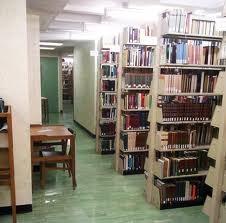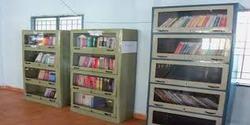Autolib Software Systems
Product Range
Fact Sheet
- Location:Tamil Nadu, India
- Year of Establishment:1998
- Business Type:Business Services
- Main Products:Human Resource Management Services,Software Development Service
- Reviews & Rating:
Get Verified, Sell more with
- Buyer's trust
- Faster conversions
- Better Rankings
- More
Its Free
Verify NowClassification And Indexing Of Books Services
The Dewey Decimal Classification (DDC), or Dewey Decimal System, is a proprietary library classification system first published in the United States by Melvil Dewey in 1876. I
- FOB PriceNA
- Min Order QuantityNA
- Payment TermsNA
Other Details
The Dewey Decimal Classification (DDC), or Dewey Decimal System, is a proprietary library classification system first published in the United States by Melvil Dewey in 1876. It has been revised and expanded through 23 major editions, the latest issued in 2011, and has grown from a four-page pamphlet in 1876 with fewer than one thousand classes to a four volume set. It is also available in an abridged version suitable for smaller libraries. It is currently maintained by the Online Computer Library Center (OCLC), a library research center. OCLC licenses access to an online version, WebDewey, for catalogers, and has an experimental linked data version on the Web with open access.
The Decimal Classification introduced the concepts of relative location and relative index which allow new books to be added to a library in their appropriate location based on subject. Libraries previously had given books permanent shelf locations that were related to the order of acquisition rather than topic. The classification's notation makes use of three-digit Arabic numerals for main classes, with fractional decimals allowing expansion for further detail. A library assigns a classification number that unambiguously locates a particular volume in a position relative to other books in the library based on its subject matter. This makes it possible to find any particular book using the number, and to return it to its proper place on the library shelves.[notes 1] The classification system is used in 200,000 libraries in at least 135 countries
Images













